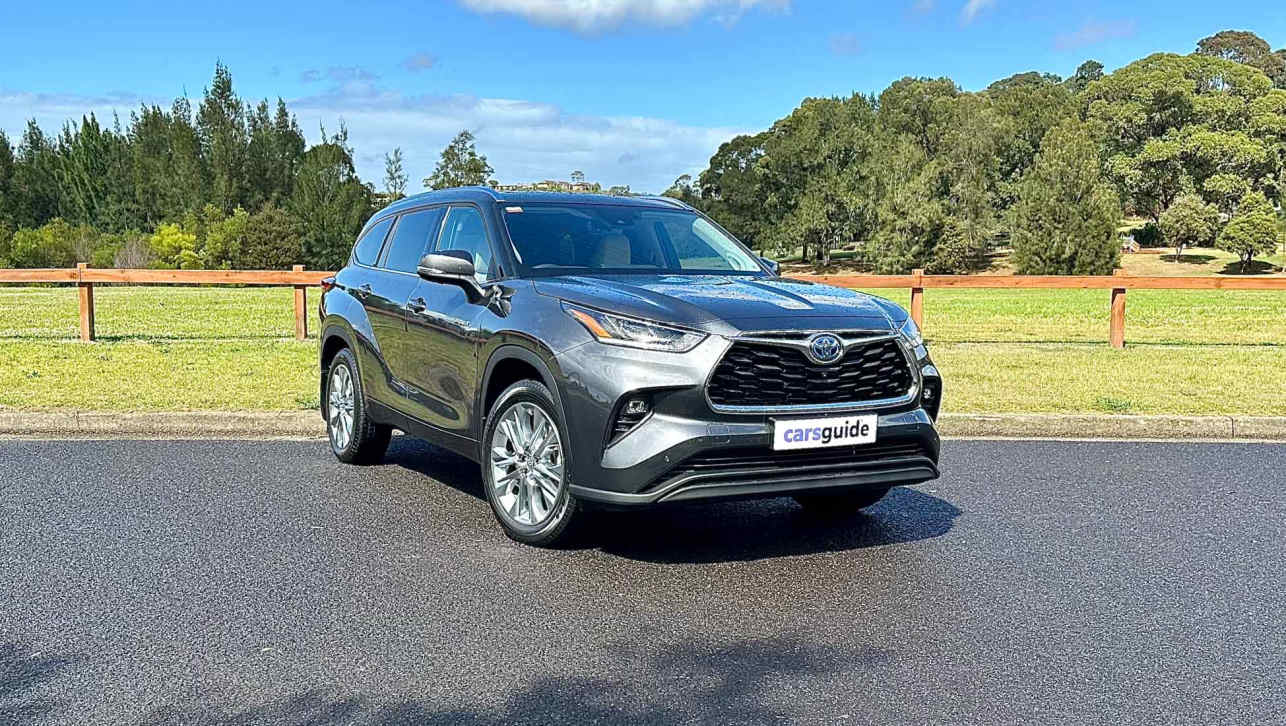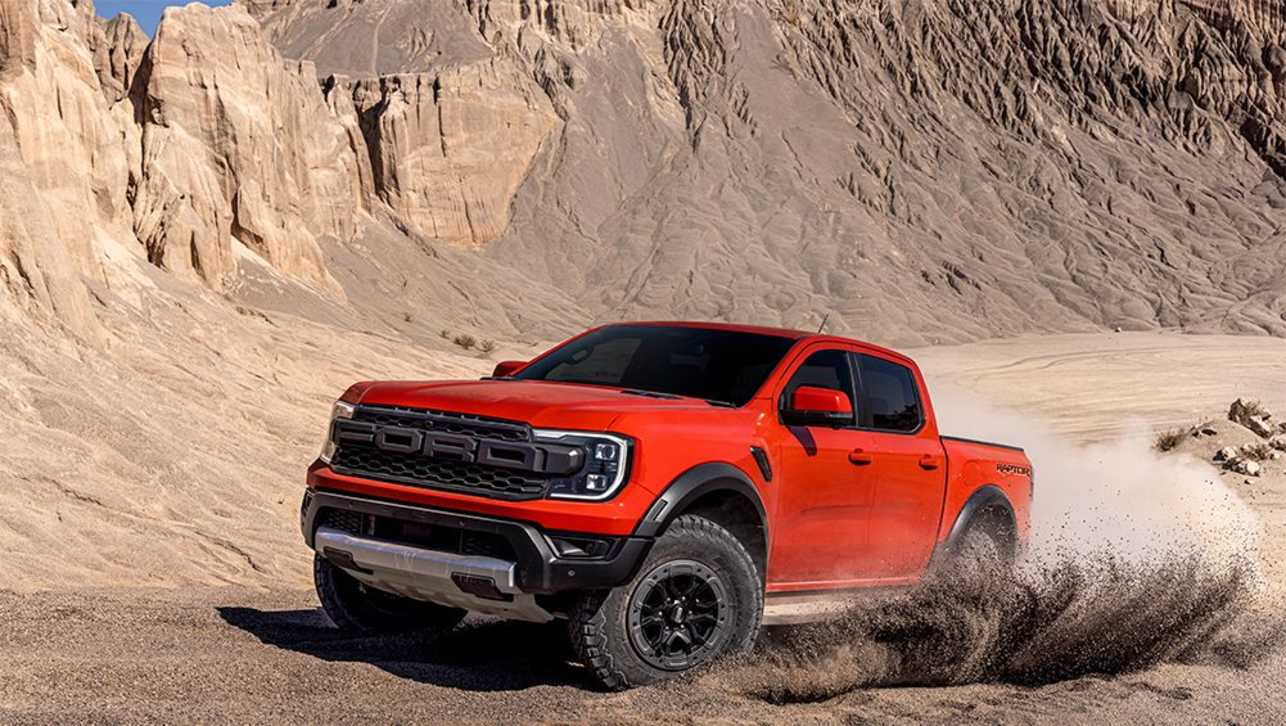Reports of new Mazda metal is always big news in Australia, which is home to more of the Japanese company's customers per capita than just about anywhere else on the planet.
But when you add the fact that the new vehicle in question is of the SUV variety - one of the hottest vehicle segments in Australia, and around the world - then the news goes thermonuclear.
So CarsGuide has popped on its detective cap and done a little digging to bring you everything you need to know about the Mazda CX-30 SUV.
Let's start with the obvious; the CX-30 - revealed at the Geneva Motor Show in March - is an SUV based on the all-new Mazda3, and which is designed to slot between the CX-3 and CX-5 in the brand's local line-up. So will the CX-30 replace the CX-3 or CX-5 when it goes on sale in Australia in 2020? Absolutely not, says Mazda.
Yes, we know what you're thinking. Why not just call it the CX-4? Mazda was actually more stuck for a name than you might imagine, for though it has never graced our shores, it actually already makes a CX-4 for the Chinese market.
And so it was back to the drawing board, until someone came up with the solution. Why not use the same four-digit alphanumeric style the company has used for its BT-50 ute since 2006? Thus, the CX-30 was born.

We presume the name CX-40 was thrown around, but given Volvo already makes a compact SUV called the XC40, the name might have been deemed to close to the opposition for comfort.
The CX-30 is both longer and wider than the CX-3 (4395mm and and 1795mm versus 4275mm and 1765mm), and it sits on a longer wheelbase (2655mm vs 2570mm). At the other end of the scale, the CX-5 measures 4545mm in length and 1840mm in width, with a wheelbase of 2700mm.
The CX-30's dimensions translate to more storage space than customers of the brand's smallest SUV would be accustomed to.
Mazda claims 430 litres of luggage room in its CX-30; enough to hold a standard pram and a carry on bag wth the rear seats in place. That's a big jump over the CX-3's 264 litres of storage space - one of the key complaints about that vehicle. In fact, it's not far off the 442 litres offered by the CX-5.

Mazda says the CX-30 will launch with three attributes at its core: manoeuvrability, functionality and comfort.
"The aim of introducing this new model was to expand our portfolio in crossover segment," Mazda's CX-30 program manager, Naohito Saga, told US outlet Motor Trend. "We wanted to capture more customers, who didn't want to buy the CX-3 or CX-5. We thought there was a potential there.
"Our main target customers who are single, or maybe just married young couple who are going through starting the new family. They're going through... drastic, very quick succession of lifestyle changes."
It's worth pointing out here that the CX-30 is of the new generation of Mazda products - spearheaded by the new Mazda3 - and so you can expect it to mirror that product in its push into a more premium space than the brand's existing SUVs.
And that means there will be no Neo Sport Maxx Sport grades. Instead, you can expect to find 3-mirroring trim levels of Pure, Evolve, Touring and GT. That will also likely play a role in pricing. While the final numbers are yet to be confirmed, we don't expect the prices to slot as neatly between the CX-3 and CX-5 as you might expect.
The new 3, on which the CX-30 is based, starts at $24,990 for the Pure trim with a manual gearbox - a jump from the $20,490 entry point for the outgoing Maxx Sport. We'd expect a similar (ie: more expensive) pricing structure for the CX-30.
We know that, in the cabin, you'll find an Apple CarPlay/Android Auto-equipped 8.8-inch multimedia screen which pairs with a eight-speaker stereo as standard.
.jpg)
And the CX-30 will also watch you sleep. Well, sort of. Mazda is promising an (optional) Driver Monitoring System that will use an infrared camera to monitor the driver's eyes, counting the number of times that person blinks, as well as checking the angle of the mouth and face. If it determines the driver is drowsy or falling asleep, an alarm will sound and the AEB system will become more sensitive.
The CX-30 will launch internationally with a trio of engines, including a Skyactiv-G 2.0-litre petrol engine, which will arrive with a fuel-saving cylinder deactivation function that can shut down two cylinder when cruising. What hasn't been mentioned (yet) is whether the 2.5-litre petrol engine from the brand's CX-5 will make an appearance in the new SUV line-up, but we're being told we'll have to wait and see.
A 1.8-litre diesel will be offered internationally, too, but the big news will be the brand's diesel-aping Skyactiv X petrol engine, which should be available from the moment the CX-30 arrives in Australia. The Skyactiv-X is a petrol engine that uses diesel-style compression ignition matched with a supercharger to reduce fuel economy by as much as 30 per cent, while boosting available torque.
“We designed the CX-30 to be an essential partner in the customer’s daily life,” says Mazda boss, Akira Marumoto. “Moving forward, our new products and technologies will ensure customers continue to see the value in owning a Mazda car. We aim to be recognised as a brand that forms the strongest of bonds with each customer."
Expect the CX-30 to go one sale in Europe later this year, before arriving in Australia in 2020.
Will the CX-30 SUV be a winner for Mazda in Australia? Tell us in the comments below.







.jpg)
.jpg)
.jpg)

.jpg)






.jpg)

.jpg)
.jpg)

.jpg)

.jpg)




Comments